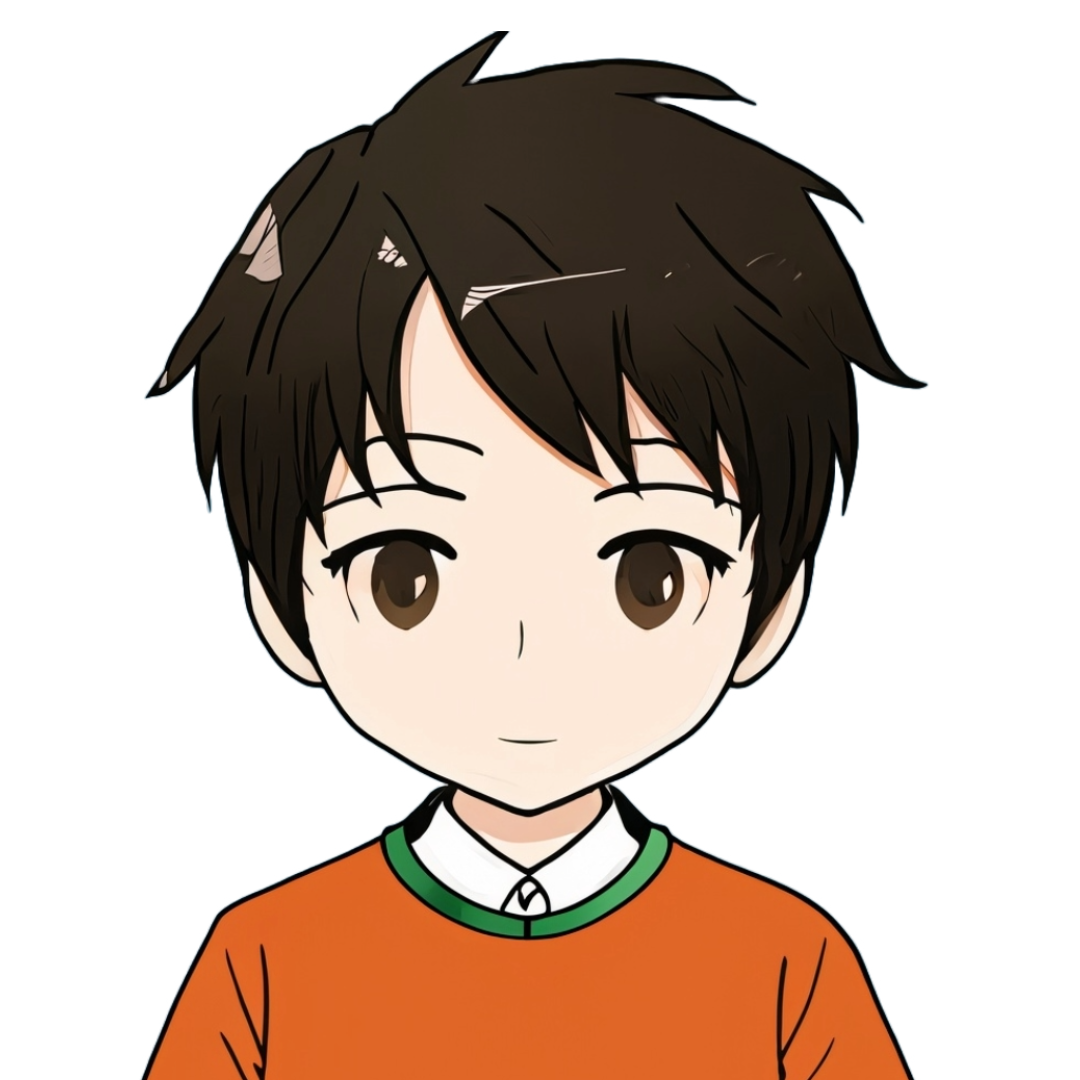You can set English subtitles from the bottom right corner of the screen.
| かれ kare | he / boyfriend |
| カレー karē | curry |
| はと hato | pigeon / dove |
| ハート hāto | heart |
| ちず chizu | map |
| チーズ chīzu | cheese |
| さっか sakka | writer / author |
| サッカー sakkā | soccer / football |
| うれし〜 ureshiī *formal form うれしい | happy / glad |
| かなし〜 kanashī *formal form かなしい | sad |
| おばさん obasan | aunt / middle-aged woman |
| おばあさん obāsan | grandmother / old woman |
| おじさん ojisan | Uncle / Middle-aged man |
| おじいさん ojīsan | grandfather / old man |
| ちゅうい chūi | caution / attention |
| ちゅうしゃ chūsha | innjection / shot (medical) |
| ファミリーマート famirī māto | FamilyMart (convenience store chain) |
| きて kite | Come on! |
| きって kitte | postage stamp |
| あさり asari | manila clam (shellfish) |
| あっさり assari | lightly / plainly (taste) |
| ねこ neko | cat |
| ねっこ nekko | root |
| さか saka | slope |
The symbol “ー” is known as a “long vowel mark” in Japanese, and it is typically used in Katakana words. It indicates that a vowel sound is pronounced for a longer duration than usual. This extended pronunciation of the vowel alters the accent and rhythm of the word. On the other hand, in Hiragana, there is no specific way to denote vowel length, so the “ー” symbol is not used. Instead, in Hiragana words, vowel length is naturally conveyed through the pronunciation itself.
Let’s use the word “balloon” as an example to explain the differences in representing long vowels using Hiragana and Katakana.
ふうせん (fu u sen)
This uses the う (u) character twice to indicate the prolonged “uu” sound. In this case, the two “う” characters are used to represent the lengthened vowel sound.
フーセン (fūsen)
Here, the long vowel sound “uu” is represented by the combination of the “ウ” (u) character and the long vowel mark “ー”. The long vowel mark indicates that the preceding vowel sound is pronounced for a longer duration.
The key difference between the two scripts lies in how they represent the concept of long vowels. In Hiragana, repeated vowel characters are used to convey a prolonged vowel sound, while in Katakana, a specific long vowel mark “ー” is added after a vowel character to indicate that the vowel sound is held longer.
The following words have different meanings depending on whether “ー” is present or not. Please listen carefully to Hiroshi’s pronunciation in the video to understand how the sound changes when “ー” is included.
- かれ カレー
- はと ハート
- ちず チーズ
- さっか サッカー
- おじさん おじいさん
- おばさん おばあさん
The symbol “〜,” known as a “tilde,” is used in Japanese text to convey a casual or informal tone, often at the end of sentences. It adds a sense of lightness and familiarity to the conversation, similar to using an exclamation point or emoticon.

すご〜い!
sugōi
amazing!

わかった〜
wakattā
Got it~.
This use of the tilde helps capture the speaker’s emotions and create a relaxed atmosphere in written communication. Just like the long vowel mark “ー,” the tilde “〜” indicates that the sound is prolonged.
The small tsu symbol “っ” in Japanese is used to indicate a pause or a brief stop in sound before the following consonant or vowel. It doubles the following consonant’s sound, creating a slight emphasis and making the preceding sound shorter. It helps in distinguishing words and clarifying pronunciation. The presence or absence of “っ” in a word can lead to significant differences, so special attention is required. The following words have different meanings depending on whether “っ” is present or not. Please listen carefully to Hiroshi’s pronunciation in the video to understand how the sound changes when “っ” is included.
- きて きって
- あさり あっさり
- ねこ ねっこ
- さか さっか
